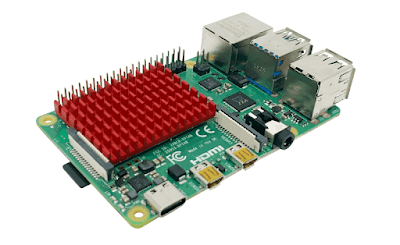Jacob David C Cunningham, a maker known for his innovative projects, recently embarked on a unique endeavor using the Raspberry Pi Zero 2 W. Renowned for their compact size and impressive capabilities, Raspberry Pi boards are a popular choice among DIY enthusiasts. When Cunningham sought a small and lightweight solution to power his hat clip camera project, he naturally turned to the Raspberry Pi Zero 2 W.
The hat clip camera is a clever device designed to attach discreetly to the brim of a hat, offering a novel perspective for capturing images and videos. By leveraging an official Raspberry Pi camera module connected to the Pi Zero 2 W, Cunningham's creation transforms ordinary headwear into a versatile recording tool.
At the heart of the hat clip camera lies the Raspberry Pi Zero 2 W, seamlessly integrated with a Raspberry Pi Camera Module 3. Powered by a LiPo battery, although specific details on output remain undisclosed, the device showcases Cunningham's ingenuity in crafting a compact yet functional solution.
Despite an initial attempt at developing an AP web controller, Cunningham ultimately opted to forego this feature. Instead, the focus was on creating a portable, user-friendly device capable of capturing moments on the go.
The final product is both fun and impressive. Users can effortlessly clip the camera to their hat, enabling them to capture their surroundings with ease. Thanks to its diminutive size compared to its predecessors, concerns about weight during use are alleviated. The project holds promise for future modifications and enhancements, with ample room for creativity.
According to Cunningham, this project serves as a follow-up to a larger-scale endeavor aimed at real-time identification of RC planes using machine learning (ML) algorithms. Plans are underway to develop a ground-based system equipped with ML capabilities, eliminating the need for wearable modules requiring substantial computing power.
Although functional, Cunningham acknowledges that the hat clip camera is a work in progress with room for improvement. Notably, the device incorporates additional components, such as a Waveshare ESP32-based LCD touchscreen module, offering untapped potential for further development.
For those interested in delving deeper into Cunningham's Raspberry Pi project, the original thread on Reddit and GitHub repository provide valuable insights and access to the project's source code.




0 comments:
Post a Comment